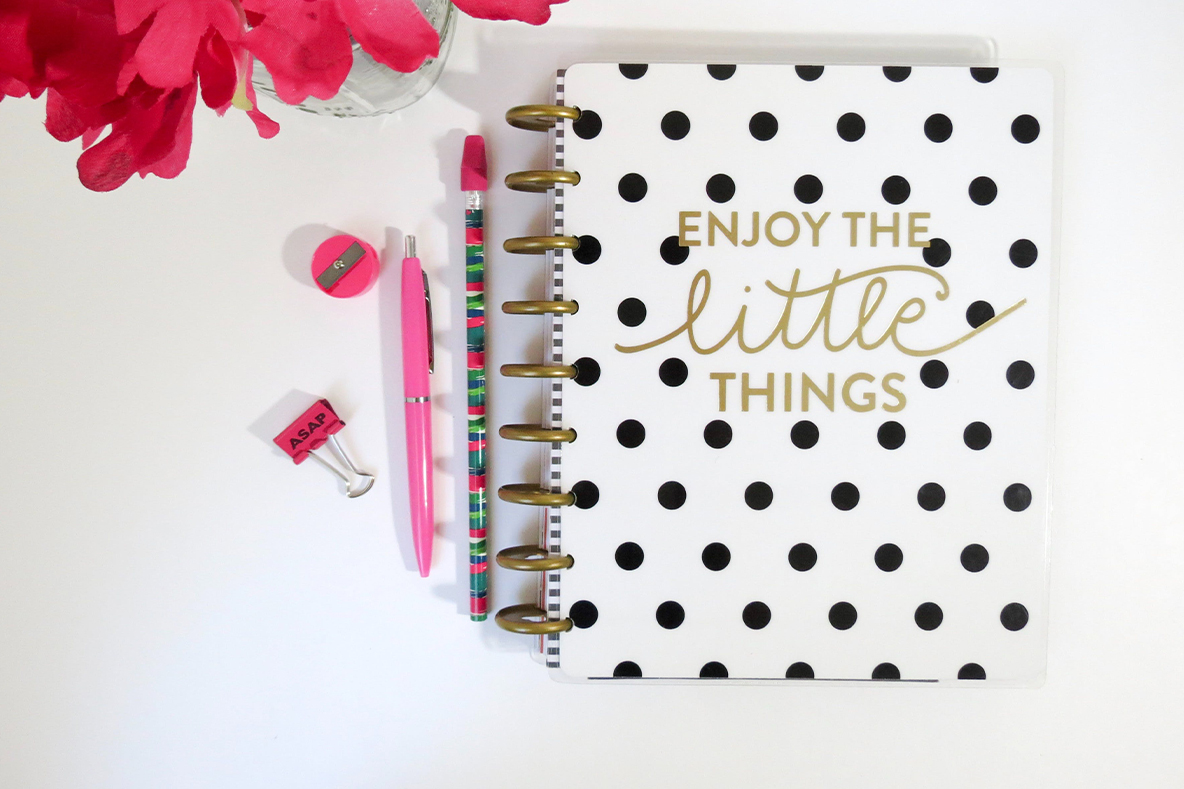Written by Katy Goshtasbi
Posted on: November 7, 2023
Share This

Ah, the holidays are here. That time of fun and frolic. And madness. You may be a rare bird like me who really enjoys the holidays. However, you may be like the majority of the population and have deep angst around the holidays. In this blog post, I won’t delve into what your issues may involve (ie, family, etc). We sort through all that in our 1:1 coaching sessions.
Whatever your angst around holiday time, one thing is for sure: if we can master our own internal control regulator, we will be a much happier and effective human, professional and brand.
Looking back, as a kid growing up in Indiana, I guess I always loved the holidays. It was festive, fun, filled with sugary foods and lights. Plus, I just adored everything Santa related. I still recall my world crumbling when I found out the truth about Santa. But the holidays were, and still are, filled with one more thing: frantic, hurried rushing.
As a practicing attorney, I often felt at a loss around the holidays because of the time factor. Not only did the work load not get less, but the holiday festivities (aka “obligations”) became more! How was my brand to survive November and December?!
Long ago, I took a hard look deep inside and realized it was all up to me. It’s all about control. I realized that I was desperately trying to control my life and everyone else around me to survive. The end result got me the exact opposite of what I wanted: a crazy brand where others saw a lunatic AND I never enjoyed it.
One of my staff members said it just the other day- she’s overwhelmed with her volunteer obligations during the holidays. I asked her why she doesn’t ask for other volunteers to help her out. She flat out said it’s because she likes to be in control.
Trying to be in control isn’t easy. It also doesn’t help you thrive….ever.
Here are my top three tips for staying in control and thriving during the holidays:
1. Lookie, Lookie– We can’t control anyone or anything except ourselves. So take a deep and honest look at what I call your internal control regulator. How much are you “in control” of your life? That of others? Is it really working for you or are you fooling yourself? Are you happy with yourself? If not, then it’s time to consider choosing to slowly look at your life differently.
2. Give It Up– You really can’t do it all by yourself. If you think you can, just know you won’t do it well by yourself. If you got some help, then perhaps things would get done better AND you would be happier with a better brand. More importantly, why do you think you can do it better than others? What happened in your life that set your internal control regulator so high and led you to want to control everything external, too? If this question makes you squirm, that’s wonderful. Stay with it and squirm until you find some clues or answers.
3. Be Curious– If nothing I say even remotely makes you want to take a look inside yourself, why is that? Curiosity gets you in motion. Curiosity also removes some of your need to control outcomes. Go back to the first two items here. Review them each with curiosity this time.
No one has to get through the holidays alone. No one can succeed alone. Need some support? Schedule a 1:1 meeting with me and let’s get you thriving and really feel in control. No time better than now.

 Within organizations the one thing you can count on is change. Change is inevitable.
Within organizations the one thing you can count on is change. Change is inevitable. As the statistic goes, 78% of everything we buy is based on how we “feel” about it (product or service) and NOT the content. When I think back to any of my current purchases (for products or services), I’ve bought over 90% of them because I “liked” them.
As the statistic goes, 78% of everything we buy is based on how we “feel” about it (product or service) and NOT the content. When I think back to any of my current purchases (for products or services), I’ve bought over 90% of them because I “liked” them.